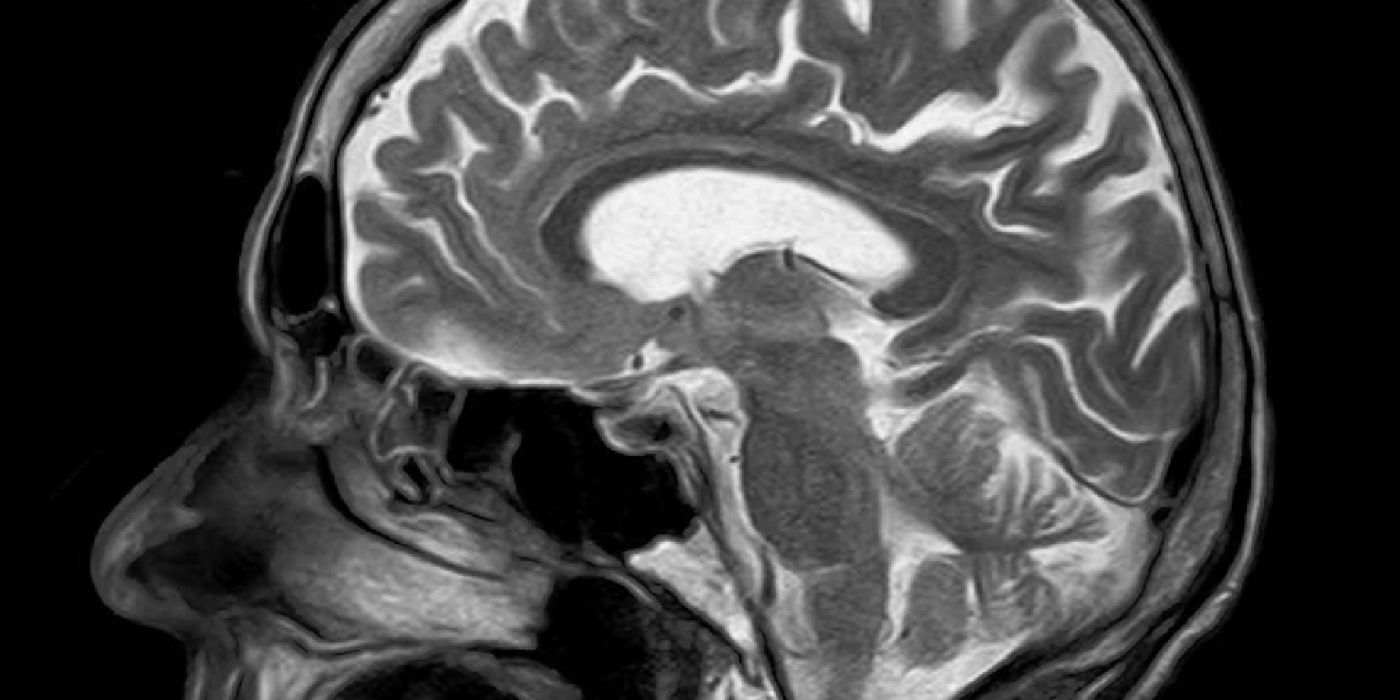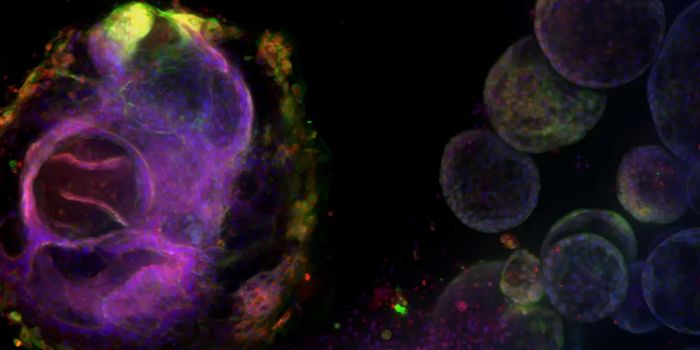Zika: A New Weapon Against Brain Cancer?
For months, the Zika virus dominated headlines for causing terrible birth defects in unborn babies. But there’s another side to the virus, one that fights deadly brain cancer cells. A new research suggests if Zika’s deadly effects can be directed at brain cancer stem cells, we may have one of the most innovative tools against glioblastoma.
Zika was a relatively an unknown name in the Americas until around 2015 when the outbreak in Brazil caught the world’s attention. The Zika virus is known to cause microcephaly, a severe birth defect that affects the brain. As such, pregnant women are the highest at-risk group. Compounding the problem is that Zika was found to be sexually transmitted. One of the latest reports about Zika shows that this virus can also cause eye abnormalities in more than half of babies with the illness.
Zika as a treatment
But beyond focusing on the disease-causing aspects of the virus, researchers at the Washington University School of Medicine saw an opportunity to exploit the pathogen to treat cancer.
Since the virus causes the most harm in the developing fetus, it’s thought that the virus’ targets were brain stem cells, which are abundant in the fetal brain but not the adult brain. Not coincidentally, some brain tumors are driven by the overabundance and overactivity of cancer stem cells. Could the Zika virus also target these deadly brain cancer stem cells?
"We wondered whether nature could provide a weapon to target the cells most likely responsible" for glioblastoma’s notorious penchant to resist treatment, said Milan Chheda, the study’s co-author.
"We hypothesized that the preference of Zika virus for neural precursor cells could be leveraged against glioblastoma stem cells," said Michael Diamond, who co-directed the study.
The team tested their idea first in human glioblastoma stem cells. Exposure to the Zika virus selectively killed the tumor cells while other healthy brain cells were relatively unscathed. They then moved towards a mouse model of glioblastoma. Animals treated with the Zika therapy had slower-growing tumors and lived longer than the untreated mice.
"We showed that Zika virus can kill the kind of glioblastoma cells that tend to be resistant to current treatments and lead to death," said Diamond.
The results suggest a virus notorious for causing fetal brain damage could, in fact, be immensely powerful against adult brain tumors. "We see Zika one day being used in combination with current therapies to eradicate the whole tumor," said Chheda.
How safe is it?
The team thinks the virus will be most effective if it’s injected directly into the brain. As such, they must conclusively demonstrate the virus won’t cause harm to the normal, healthy brain tissues. To hedge against this, the team engineered two mutations that would render the virus weaker against a healthy cell’s immune response.
"We're going to introduce additional mutations to sensitize the virus even more to the innate immune response and prevent the infection from spreading," said Diamond. "Once we add a few more changes, I think it's going to be impossible for the virus to overcome them and cause disease."
Nevertheless, the radical therapy will have a long way to go to convince regulators of its safety. "Our study is a first step towards the development of safe and effective strains of Zika virus that could become important tools in neuro-oncology and the treatment of glioblastoma," said Diamond. "However, public health concerns will need to be addressed through pre-clinical testing and evaluations of the strains' ability to disseminate or revert to more virulent forms."
Additional sources: Washington University School of Medicine, Live Science









